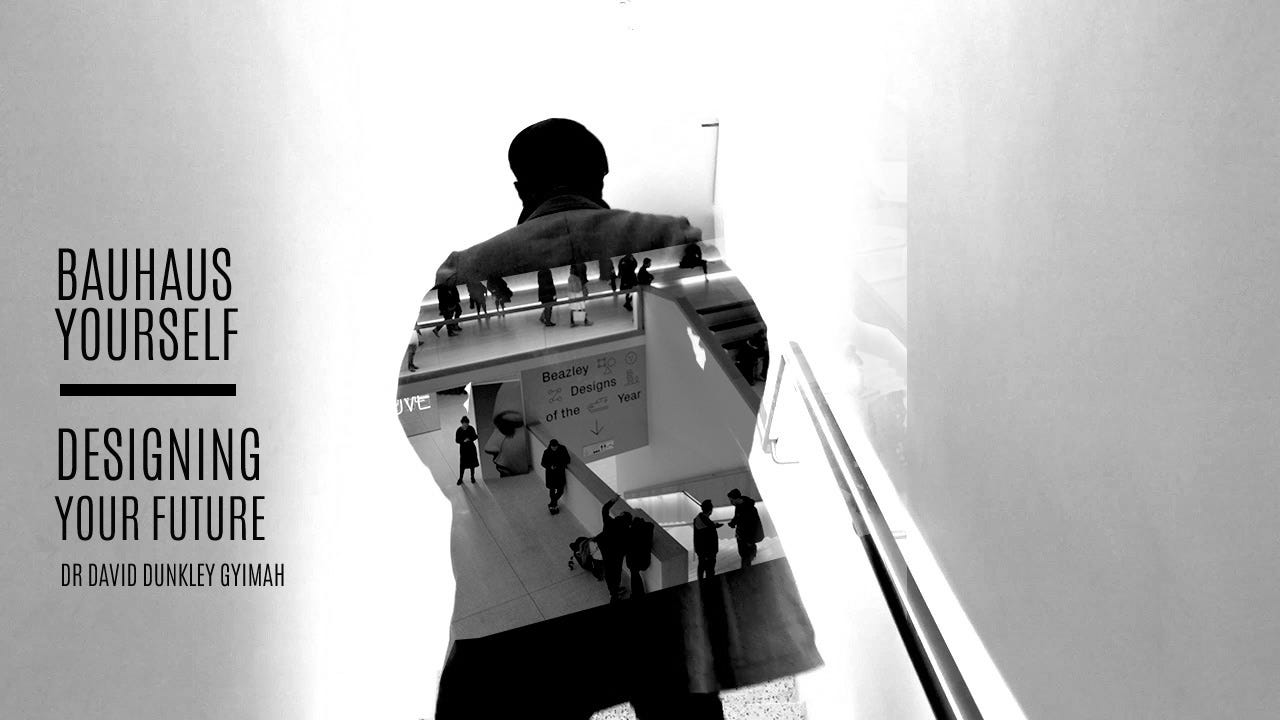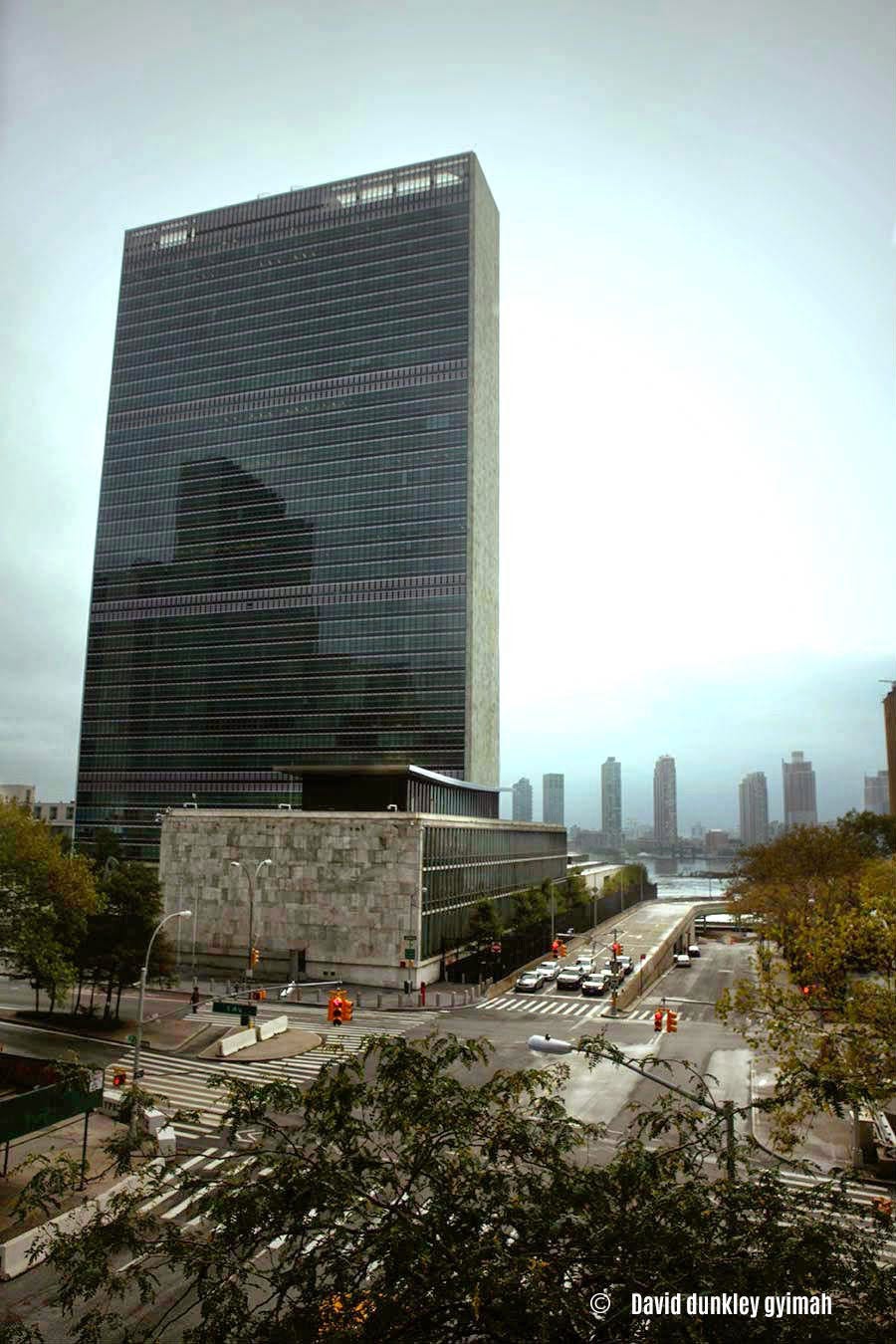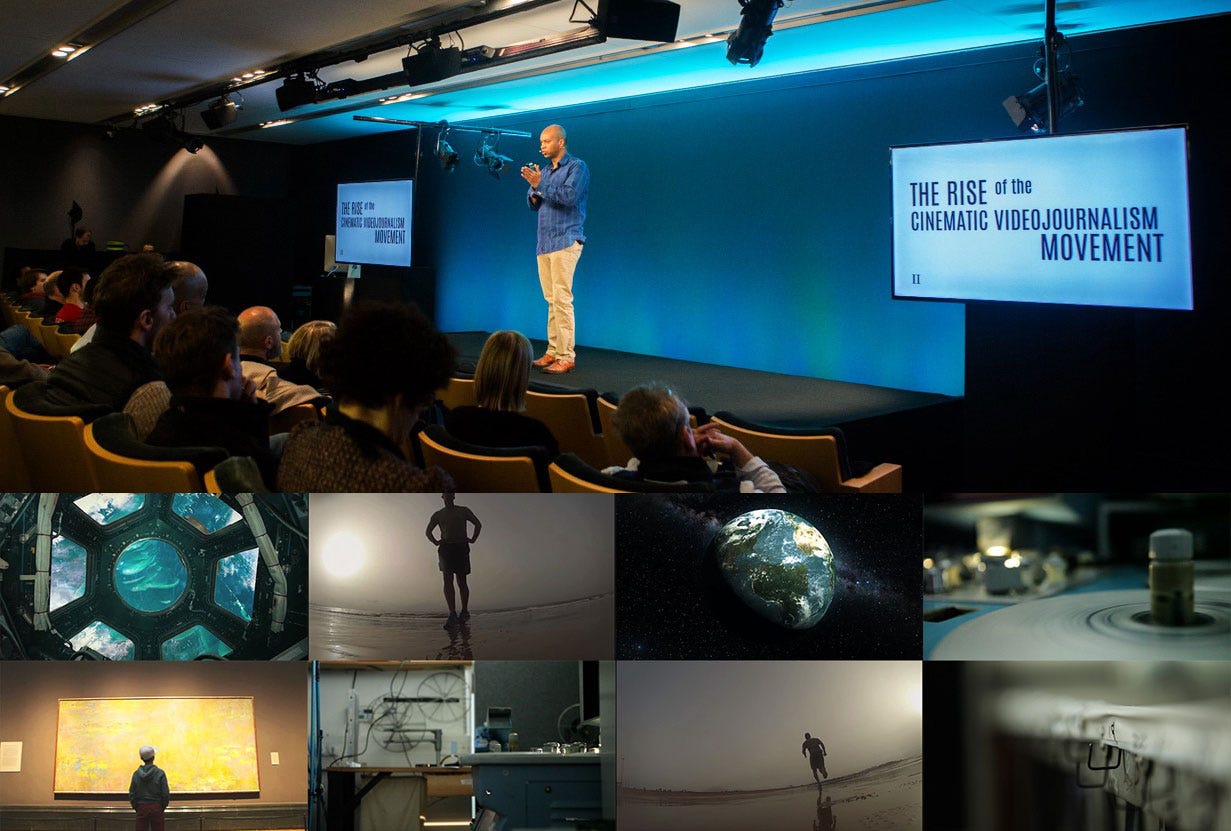
The future isn’t what it used to be. It lives in the minds of dreamers, idealists, and artists who see its long shadows. We only bear witness once a moment in time has decomposed, when our minds play an affirmative truism game. It was always meant to be, we end up saying. Coincidence takes on the veneer of determinism. Can we tell what we’ll be saying a year from now?
As 2017 rolls out its carpet we walk its path. In ‘The future isn’t what it used to be’, a speech delivered by Steve Jobs at a 1983 design conference, Apple’s co-founder extolled simplicity. Our approach, he said in Walter Isaacson’s profile: Steve Jobs: The Exclusive Biography will be:
Very Simple, and we’re really shooting for Museum of Modern Art quality. The way we’re running the company, the product design, the advertising, it all comes down to this: Let’s make it simple.
Job’s concept of the modern world was lifted from his fascination with Bauhaus, a design philosophy originating in 1920s Germany that affected architecture, furniture, craftsmanship, art and society.

It was a ‘thoroughgoing romantic yearning for unity and harmony in autonomous shared work’, which was ‘dedicated to art and faith’. ‘Less is More’, ‘form follows function’ and ‘God is in the detail’, said its scions Walter Gropius and Ludwig Mies van de Rohe.
Though this aesthetic has spearheaded Apple, invigorating its many disciples; in 1999 I travelled purposefully to the US to buy my first powerbook then boarded the next plane home, 2017 could hardly be more pressing for an upgrade of, among others, Bauhaus’ principles.
Those other movements, speaking at Apple store London, include Impressionism, a faithful attempt at the recalibration of then 19th century rule-governed reality. The most powerful controllers of content, the French Academy who were the MSMs of their day designed what audience could see. Paintings needed to be life-like in form, empowering VIPs, and on message. Then these proto — Star War’s rebellions (impressionists) came along. A radically different presentation of truth and realism would gradually ( Impressionists were ridiculed and ostracised first) too hold of society.
Bauhaus, like Impressionism, less a movement, more way of life, is prone to a characterisation of the application of clean lines and haptic functionality, and art that captures fleeting light and small gestures, respectively.
But Bauhaus original was a reaction to political and economic elitism, militarism that had absorbed art and craft for industrialisation (WWI), and the iniquities of demagogue elected officials. ‘Form follows function’ and ‘less is more’, are invariably wield out by experts as universal truths, but they were reactions to what Bauhaus aficionados saw as unpalatable ostentatious, elitist practices at that time.
Design assumes an approach to fulfil a motive, to create solutions and invariably ask questions. I like to talk about designing news, documentaries, mobile and cinema journalism in the vein of impressionism, or a Bauhausian way. These aren’t fixed aesthetics, but a reaction to the status quo, yet enveloping recognisable design principles.
It sound absurd, but the production of these forms involve design processes, in which innovative artists open themselves to lifting ideas from one discipline to another. Impressionism emerged from Japanese Woodblock painting.

If Bauhaus inception sounds like 2017, French poet and essayist Paul Valéry’s 1937 essay recycles the future, with his, the future isn’t what it used to be, stating:
The future, like everything else, is no longer quite what it used to be. … We used to consider the unknown future as a simple combination of already known things, and the new was analyzed according to its unoriginal elements. But that is ended. …[T]he rules of the game are changed at every throw. No calculation of probabilities is possible. … Why? Because the … modern world is assuming the shape of man’s mind. Man has sought in nature all the means and powers that are necessary to make the things around him as unstable, volatile, and mobile as himself, as admirable, as absurd, as disconcerting and prodigious as his own mind. … If … we imprint the form of our mind on the human world, the world becomes all the more unforeseeable and assumes the mind’s [own] disorder.
Art and Innovation in some context then becomes that which happens when history comes around again, and affected generations have no memory of its original presence. It thus masquerades as original. Within innovation, new invention is what gives that reality a new spike.
In 2017, as MSM continue to talk to their own, recycling Fake News debates, helming information that control the status quo or rubbish Social Media, politics and economics once again come full circle.
It’s the 1920s again. History tells the future, art and innovation is ripe for its next revolution. What will be saying in 2018?

Dr David Dunkley Gyimah from the Digital and Interactive Storytelling LAB, at the University of Westminster, will be speaking at the DroneHack. His postdoctoral research work explores language and structure around ‘journalistic’ content, and how innovation is used to propel,enhance, and sometimes obfuscate meaning. He is behind the Cinema Journalism movement — a group of video journalist who are platform agnostic absorbing tech to create factual cinema. (see 2 minute promo below)